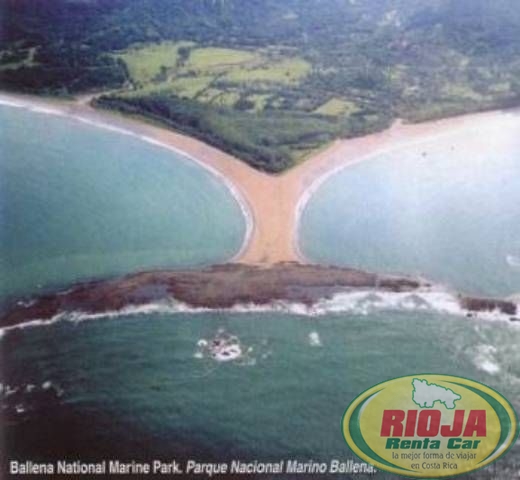
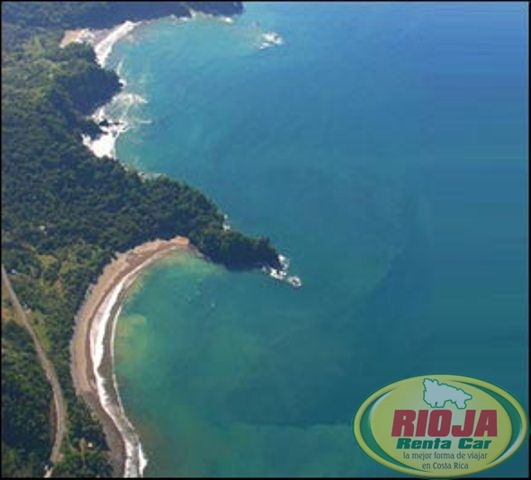
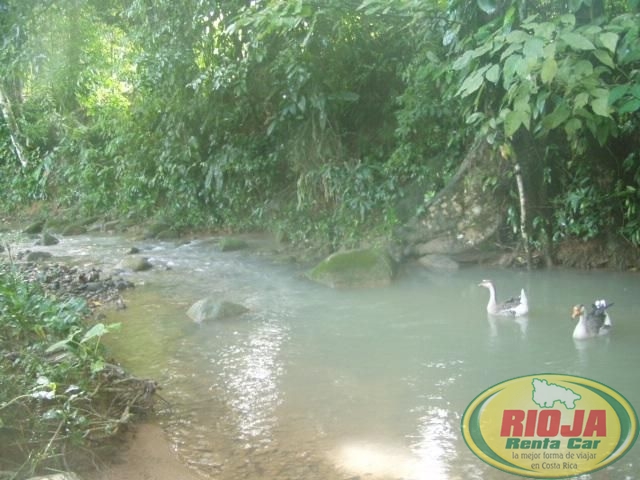
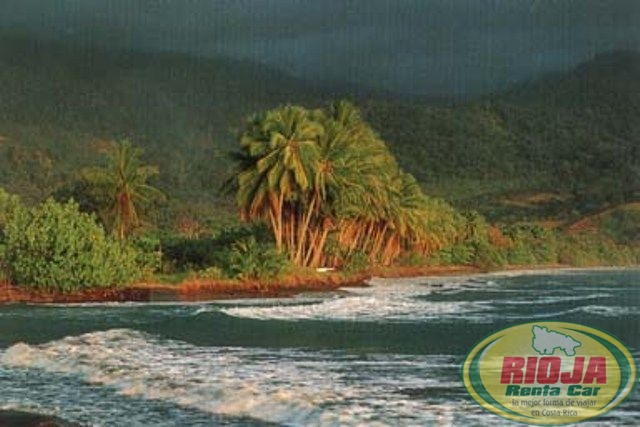
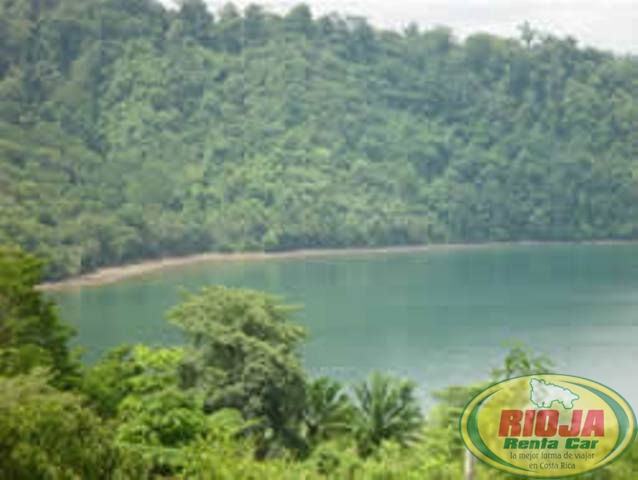
Located on the Pacific coast, between Punta Uvita tombolo (mouth of the river or Higuerón Morete) and Punta Pií±uela in the district of Cortes, of the Canton de Osa, Puntarenas Province
Area: Marine – 5.161 hectares (12.386 acres)
Established: 6/2/90
110 hectares land and 5375 hectares marine.
The boundary of the land runs through the line of pillars to demarcate the area officer inalienable public, with the restricted area of the land and maritime border of the adjacent wetlands and mangroves. The maritime boundary is an imaginary line that encloses the reefs formed by the rocky Tombolo of Punta Uvita, Ballena Island, Three Sisters and the surrounding area, originating in the Boca del Rio Higuerón or Morete, ending in Punta Piñuelas.
IMPORTANCE
This area was created to ensure the maintenance of critical habitats for breeding and spawning of many marine species, and to preserve the productivity of biological communities that inhabit the coastal zone. Protects various environments such as sandy beaches, rocky beaches, cliffs, islands, reefs, rocky reefs and organic tombolo Punta Uvita.
A geological formation that draws much attention to researchers and visitors is Tombolo Punta Uvita, formed by the deposition of biogenic and terrigenous sands on the crest of rock linking Tombolo head to the coast.
Marino Ballena National Park is framed within a region of great scenic beauty, so in addition to scientific value, has great value for environmental education and tourism development.
MARINE RESOURCES
One of the most important marine environments in the area, the reefs are organic, commonly known as coral reefs. These are made of coral hermatípicos agencies contributing the bulk of the structure, and some coralline algae and sponges, which help to unite the elements of the structure.
The structure of coral reef is porous, with 50% empty space. Under the reef will grow to form channels and cavities which communicate with each other, a factor that allows the coexistence of many species on the reef.
Coral reefs are tropical communities that develop in a field of temperatures between 18 and 23 C. They are very sensitive to temperature changes, exposure and mainly to the deposition of sediments. In this national park have been identified only 3 of the coral species reported for the eastern Pacific.
FLORA AND FAUNA
In other marine environments to protect the park, the most common are crabs, worms, crayfish, algae, various species of fish, sponges and mollusks as cambutes.
Also within the area have reported two species of reptiles: the green iguana and cherepo. Among the species of seabirds found the frigates, the white ibis, pelicans and birds stupid browns.
RECOMMENDED ACTIVITIES
Camping
Exercise.
Nadar.
Walking along the beach.
Visit Tombolo-Punta Uvita.
Scuba diving and surface deep.
Relax listening to the sounds of nature.
Observe the behavior of the flora and fauna.
Take boat rides to visit the surrounding islands and the maritime portion of the park in general.
SERVICES
Information, toilets, drinking water, accommodation services, food and transportation exist in the town of Uvita and surroundings.

 English
English






